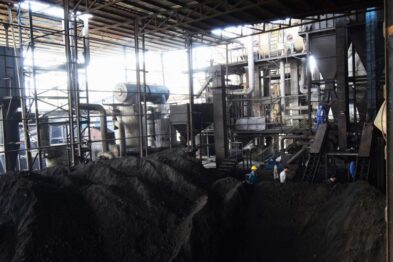I will present three examples of the utility of fitting non-stationary probability distributions to observations. First, I develop a statistical model of NOAA’s discontinued billion-dollar US weather and climate disaster database. I then use this model to estimate how much damage such disasters might cause over the rest of this decade, and to contextualize historical damages. Second, I show a similar model describes the deadliness and frequency of deadly extreme temperatures floods, and storms worldwide. I then use this model to identify regional trends in mortality from these climate hazards, to estimate the return period of a particularly deadly recent African “medicane,” and to estimate the number of lives saved from deadly Asian storms and floods by development since the 90s. Third, I test whether a widely-applied theory for the distribution of wildfire sizes is consistent with observations from different eco-regions in the US, then identify in which eco-regions very large wildfires are becoming more or less prevalent.
Seminars·Oct 28, 2025
B.B. Cael, University of Chicago
- Location: Saieh Hall, Room 146 Google Map
- Date and Time: –
Disaster, Death, and Destruction: Probabilistic Identification of Trends in Climate Hazards















